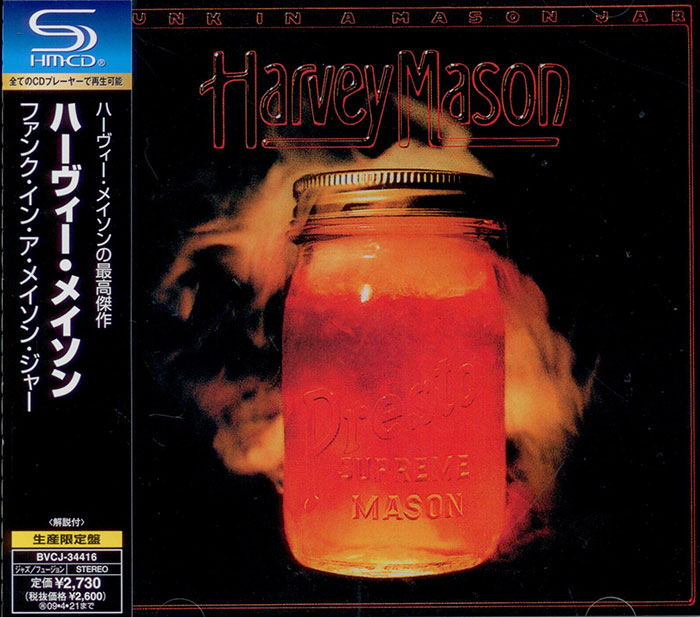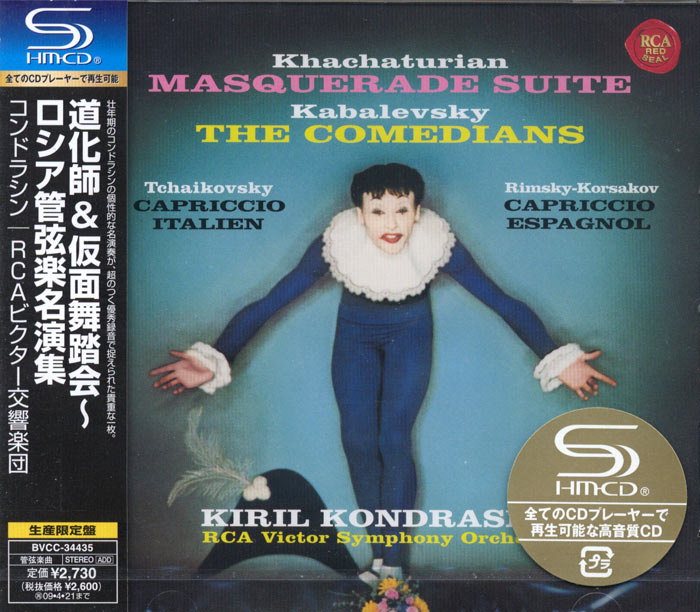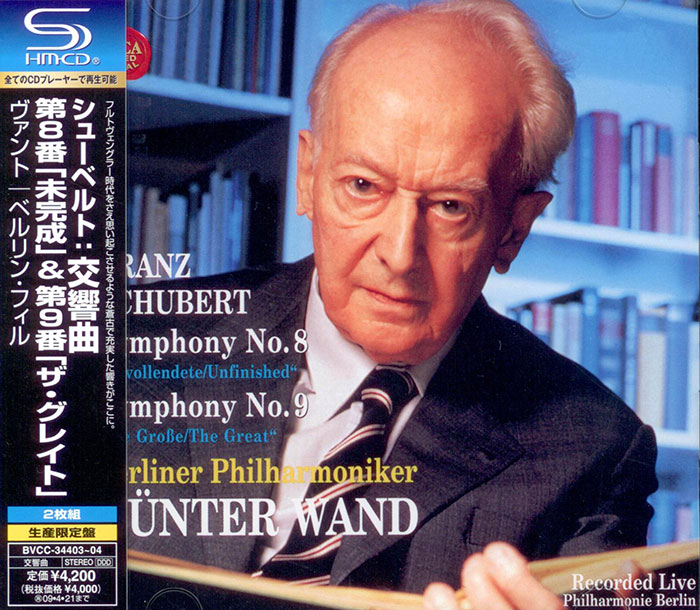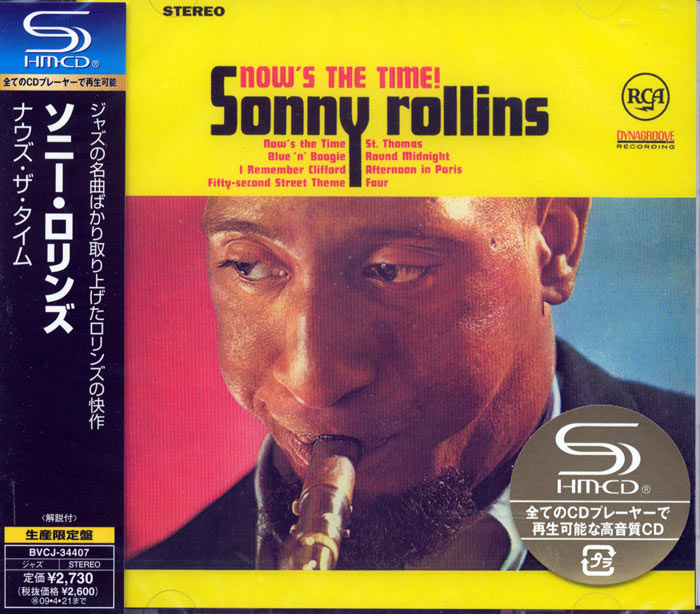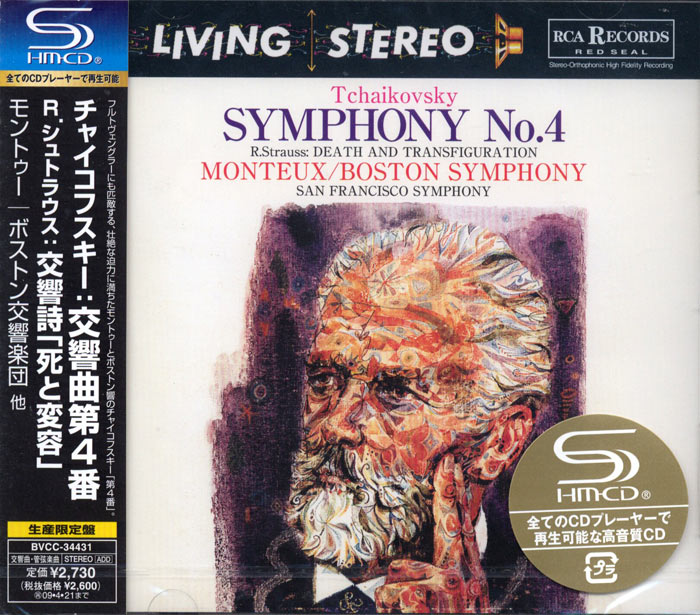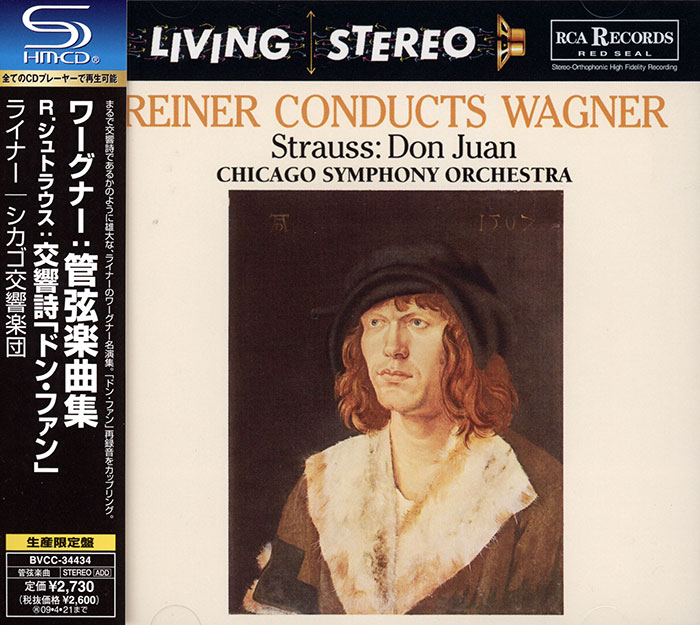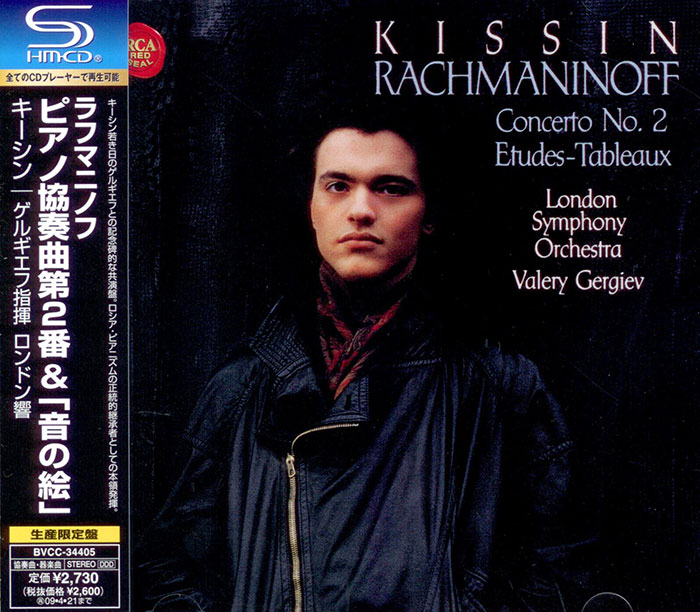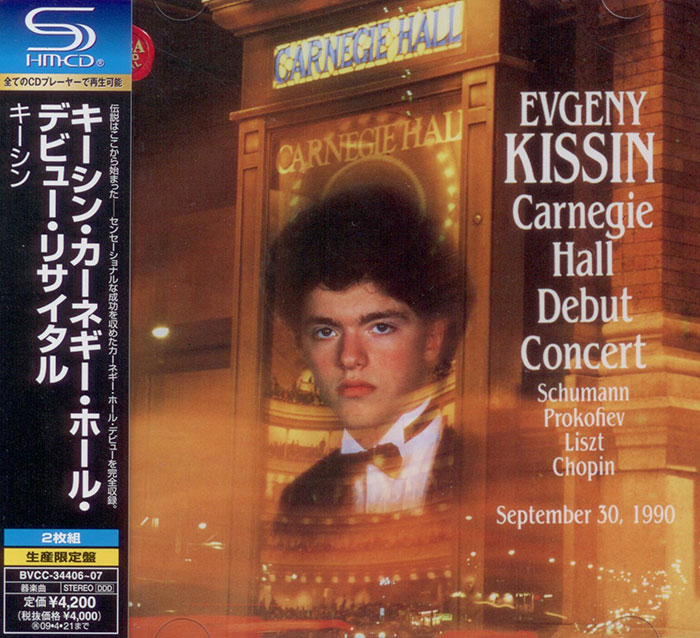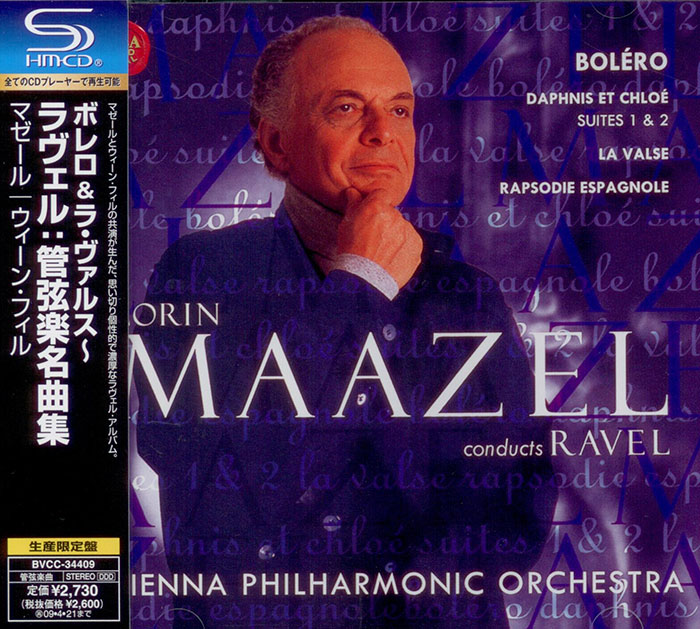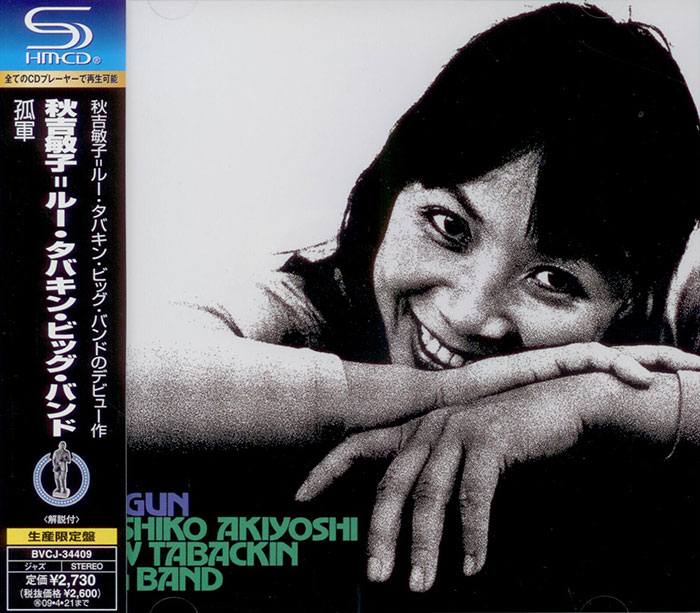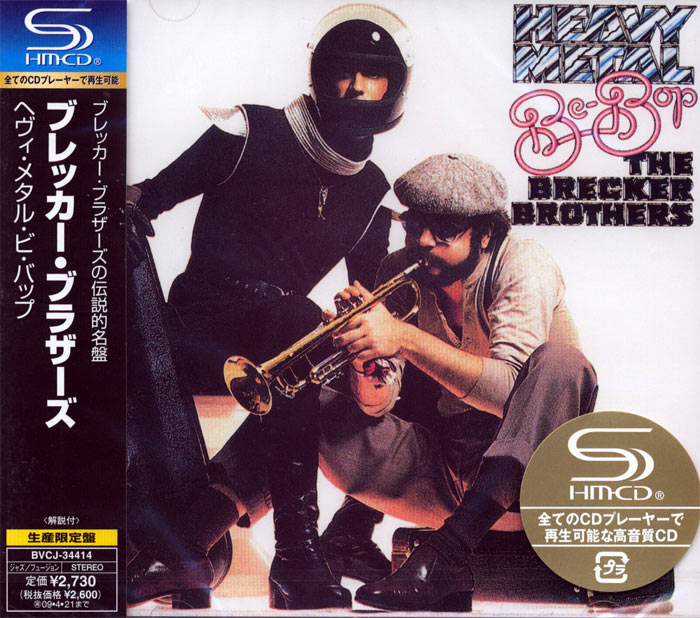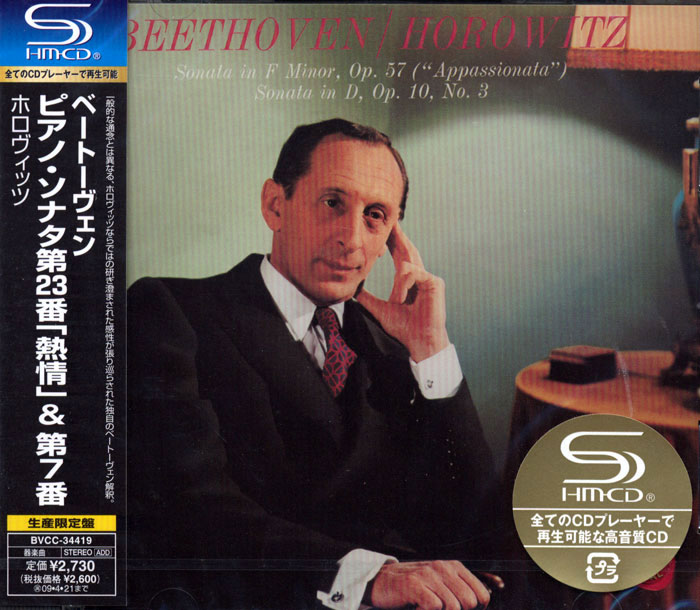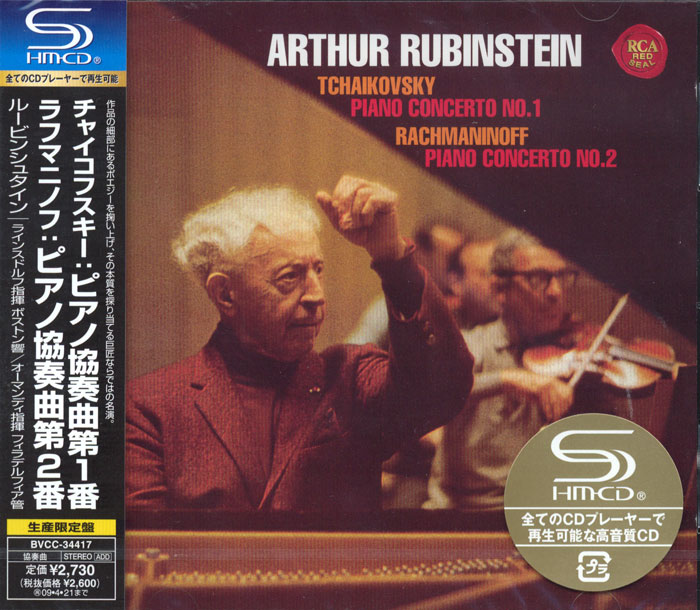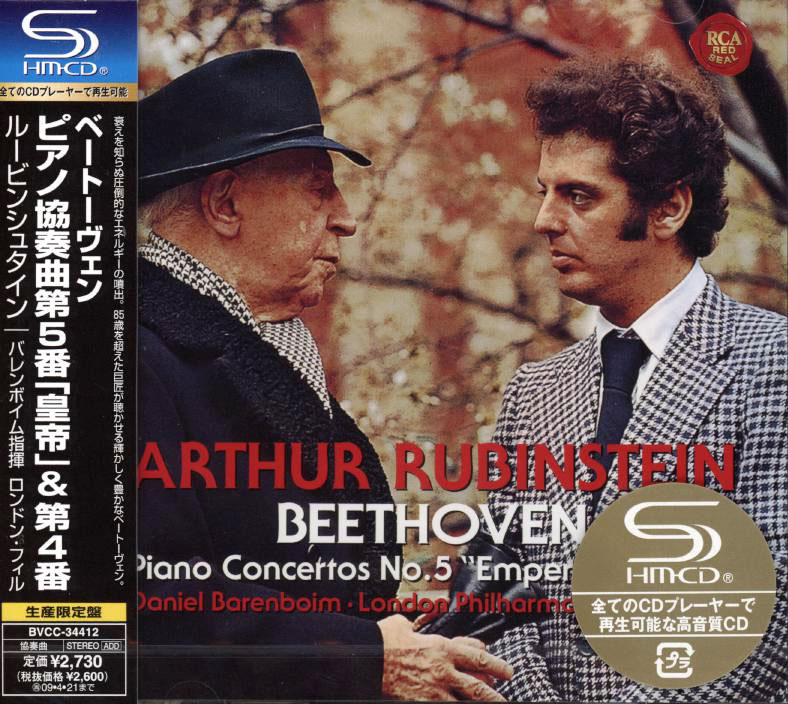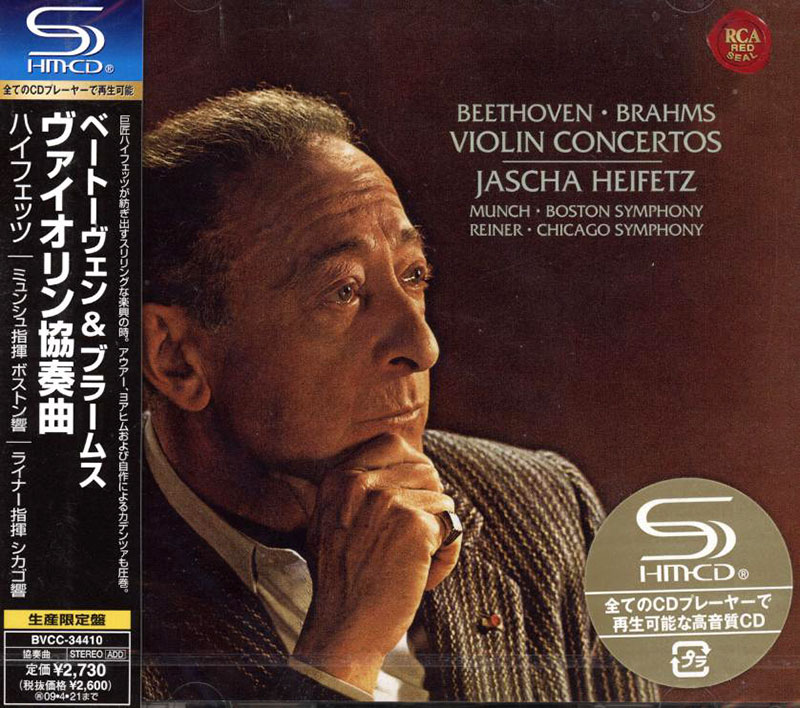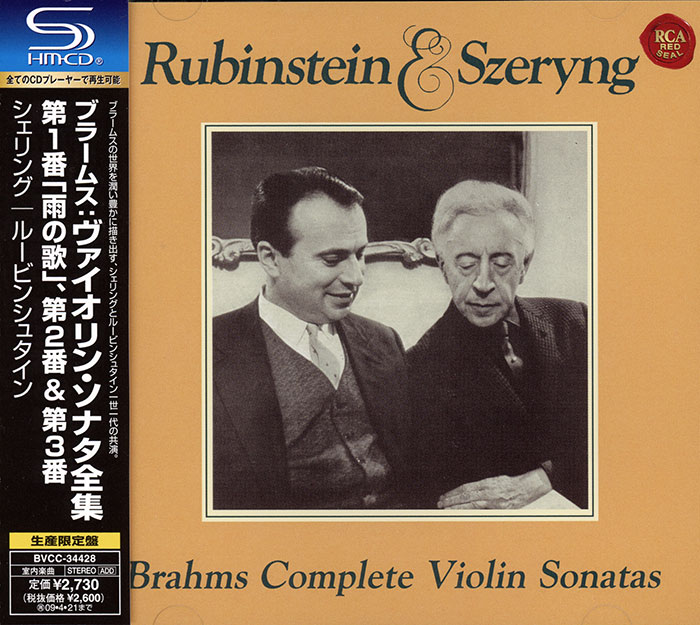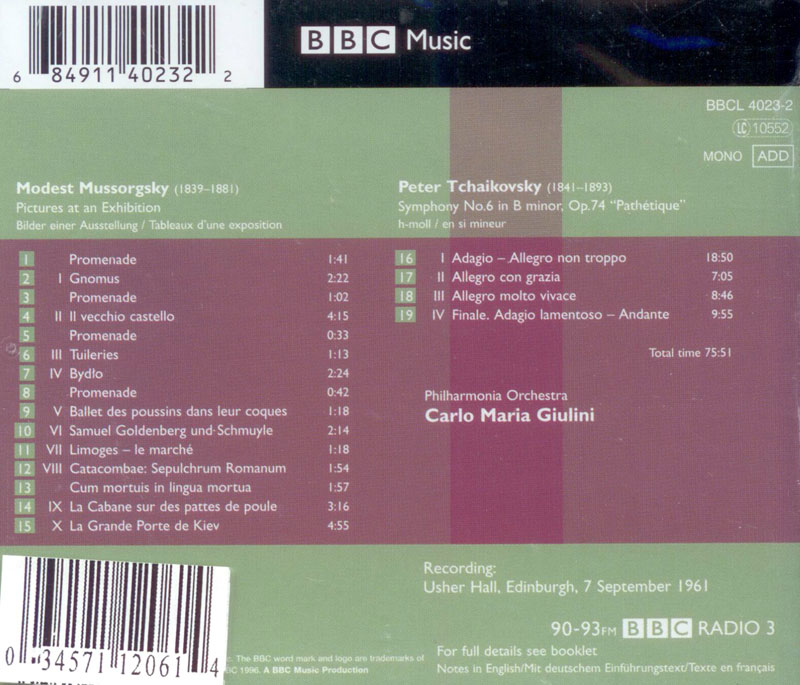Logowanie
Mikołaj - ten to ma gest!
SCHUMANN, PROKOFIEV, LISZT, CHOPIN, Evgeny Kissin
Carnegie Hall Debut Concert - September 30, 1990
Jeden z najbardziej spektakularnych debiutów ostatniego półwiecza!
BEETHOVEN, Valdimir Horowitz
Piano Sonata No. 23 in F Minor, Op. 57 APPASSIONATA // Piano Sonata No. 7 in D, Op. 10, No. 3
LIVING STEREO - NAJLEPSZE NAGRANIA W DZIEJACH FONOGRAFII!
TCHAIKOVSKY, RACHMANINOV, Arthur Rubinstein, Daniel Barenboim
Piano Concerto No. 1 in B-Flat Minor, Op. 23 // Piano Concerto No 2 in C Minor, Op. 18
24bit/92kHz Remastering from original source
Kasety magnetofonowe
Winylowy niezbędnik
Susan Wong
Best Selection - 16
High Resolution Audiophile Recording w masteringu EXTENDED HD i SACD Hybr
ClearAudio
Double Matrix Professional - Sonic
najbardziej inteligentna i skuteczna pralka do płyt winylowych wszelkiego typu - całkowicie automatyczna
MUSSORGSKY, TCHAIKOVSKY, Carlo Maria Giulini
Pictures at an Exhibition / Symphony No. 6 in B minor
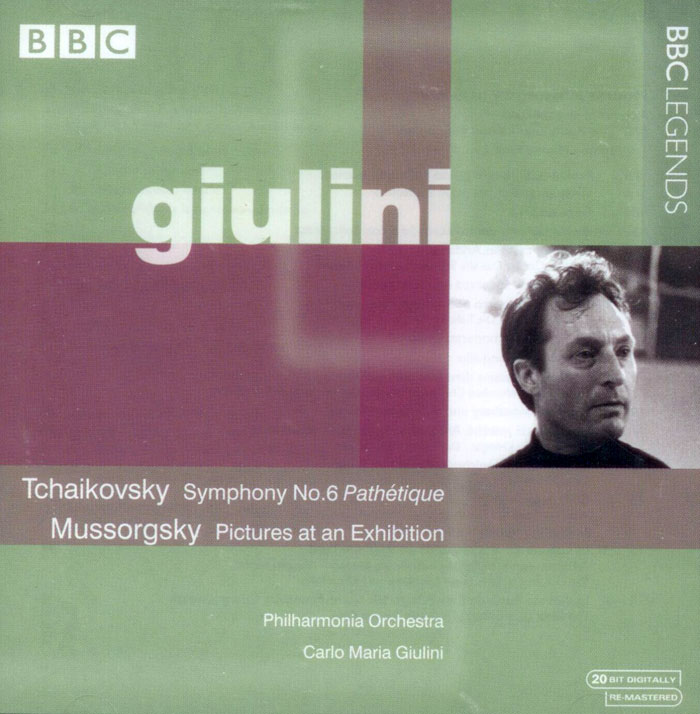
- Modest Mussorgsky - Pictures at an Exhibition
- 01. Promenade (1:41)
- 02. Gnomus (2:22)
- 03. Promenade (1:02)
- 04. Il vecchio castello (4:15)
- 05. Promenade (0:33)
- 06. Tuileries (1:13)
- 07. Bydlo (2:24)
- 08. Promenade (0:42)
- 09. Ballet des poussins dans leur coques (1:18)
- 10. Samuel Goldenberg und Schmuyle (2:14)
- 11. Limoges - le marché (1:18)
- 12. Catacombae: Sepulchrum Romanum (1:54)
- 13. Cum mortuis in lingua mortua (1:57)
- 14. La Cabane sur des pattes de pule (3:16)
- 15. La Grande Porte de Kiev (5:04)
- Tchaikovsky, Synphony 6 b, Op. 74, Pathetique,
- 16. Adagio, Allegro non troppo (18:50)
- 17. Allegro con grazia (7:05)
- 18. Allegro molto vivace (8:46)
- 19. Finale. Adagio lamentoso - Andante (9:55)
- Carlo Maria Giulini - conductor
- The Philharmonia Orchestra - orchestra
- MUSSORGSKY
- TCHAIKOVSKY
This live recording was made in Edinburgh's Usher Hall in 1961 when the conductor was 47 years old. It features Mussorgsky's virtuoso showpiece 'Pictures at an Exhibition' and Tchaikovsky's lyric, expressive Symphony No. 6. Giulini has a particular knowledge of the Mussorgsky because one of his composition projects while he was a student was to orchestrate the original piano score. At the time, he was not familiar with Ravel's orchestration, which is employed here. Giulini exploits the lyric possibilities in the suite, which are often obscured by the work's sheer technical demands. The second featured work, Tchaikovsky's Symphony No. 6, is a vehicle for all of Giulini's finest gifts, not the least of which is his ability to pace a performance so that the overall structure makes sense to the listener. Giulini's tempo for the third movement is faster than what is usually heard and is quite thrilling. The album as a whole is very illuminating in that it was recorded live in the pre-digital era and presents an unedited example of a conductor's work, complete with the ambiance of the hall including the audience rustling between movements, and, of course, applause.
